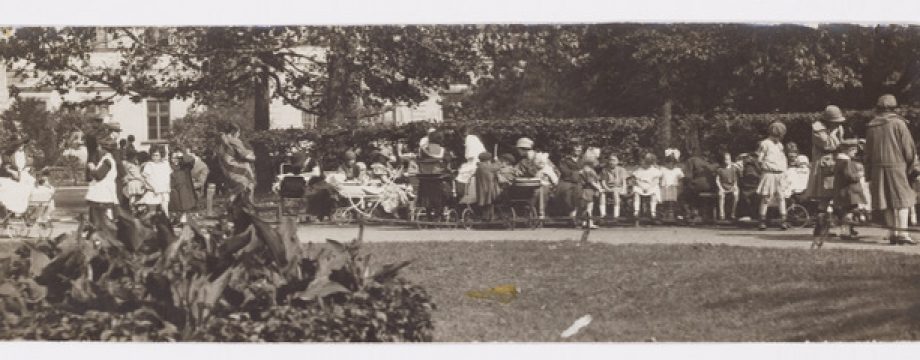Though the vast majority of Ashkenazi Jews lived in the Polish and Lithuanian territories of the Russian empire since the 15th century, Americans know very little about these Jews’ remarkably diverse beliefs, customs, historical experience, and sociocultural achievements. We tend to imagine East European Jews simplistically and ahistorically, as singing residents of the shtetl or doomed Holocaust victims. This course introduces students to the multi-layered history of and differences between the Ashkenazi Jews in Eastern Europe, highlighting the beginnings of Jewish settlement in the area; their religious, political, and social differentiation in the modern period (from the 1800s to the flourishing of Yiddish-language culture in the 1920s and 1930s); the complicated horrors of the Shoah; and the sociocultural phenomenon of the Jewish revival in the late 20th-early 21st century. Drawing on films, memoirs, fiction, and primary historical texts, we will explore the complex c ultural, political, and religious worlds created by Jews within the larger framework of non-Jewish Eastern European society.
ultural, political, and religious worlds created by Jews within the larger framework of non-Jewish Eastern European society.
Our course will culminate in a required two-week excursion to Poland and Lithuania (May 13-28, 2017); thanks to a generous gift from the Lauder Family Foundation, student expenses (round-trip from Durham) will be covered. During our time abroad, we will visit key historical sites pertaining to Jewish life and history in Kraków, Poland, and Vilnius, Lithuania, as well as an excursion to Auschwitz. We will then spend one week in the Lithuanian village of Siluva restoring the Jewish cemetery which was destroyed during World War Two. In Siluva, we will be working in partnership with the local community and students to ensure ongoing care for the cemetery.
